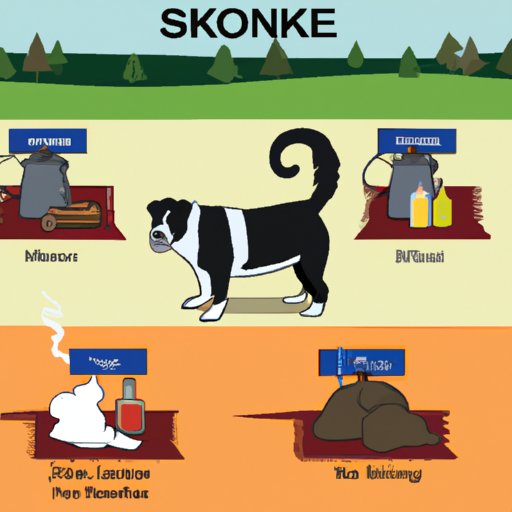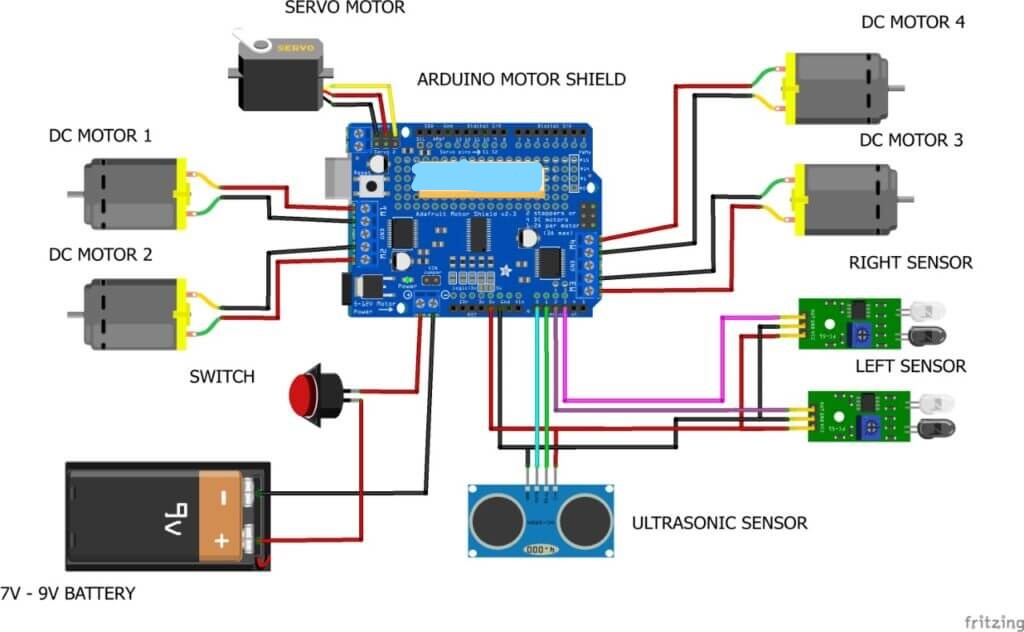Automotive Service Technician: Complete Career Guide and Requirements
What’s an automotive service technician?
An automotive service technician is a skilled professional who diagnose, repairs, and maintain vehicles. These experts work on cars, trucks, and other motor vehicles to ensure they operate safely and expeditiously. Unlike general mechanics, automotive service technicians typically receive formal training and certification to work with modern vehicle systems.
The role combine hands on mechanical work with advanced diagnostic technology. Technicians use computerized equipment to identify problems and perform complex repairs on engines, transmissions, brakes, electrical systems, and other vehicle components.
Core responsibilities of automotive service technicians
Automotive service technicians handle a wide range of tasks that keep vehicles run swimmingly. Their primary responsibilities include conduct thorough vehicle inspections to identify potential issues before they become major problems. They perform routine maintenance services such as oil changes, tire rotations, brake inspections, and fluid replacements.

Source: ziprecruiter.com
Diagnostic work represent a significant portion of their duties. Technicians connect vehicles to computerize diagnostic equipment to read error codes and identify malfunctions in complex systems. They interpret these results and determine the well-nigh effective repair approach.
Repair work encompass everything from simple component replacements to complete engine overhauls. Technicians rebuild transmissions, repair electrical systems, replace wear brake components, and fix air conditioning systems. They besides perform warranty work and recall repairs accord to manufacturer specifications.
Customer interaction is another important aspect of the job. Technicians explain repair needs to customers, provide cost estimates, and answer questions about vehicle maintenance. Clear communication helps build trust and ensure customers understand the work being performed.
Essential skills and qualifications
Successful automotive service technicians possess a combination of technical knowledge, problem solve abilities, and physical capabilities. Strong mechanical aptitude from the foundation of their skill set. They must understand how various vehicle systems work unitedly and how to troubleshoot complex problems.
Technical skills include proficiency with diagnostic equipment, hand tools, and power tools. Technicians must stay current with quickly evolve automotive technology, include hybrid and electric vehicle systems, advanced driver assistance features, and computerized engine management systems.
Physical demands of the job require stamina and dexterity. Technicians spend long hours stand, lift heavy components, and work in cramp spaces. Good hand eye coordination and fine motor skills are essential for precise work on small components.
Problem solve abilities help technicians diagnose intermittent problems and develop creative solutions for complex repairs. They must think logically and consistently approach troubleshooting procedures.
Communication skills enable technicians to explain technical issues to customers and collaborate efficaciously with other shop personnel. Write communication is important for document repairs and maintain accurate service records.
Education and training requirements
Most automotive service technicians complete formal training programs before enter the workforce. Community colleges, technical schools, and some four year institutions offer automotive technology programs that typically last six months to two years.
These programs cover fundamental automotive systems include engines, transmissions, brakes, electrical systems, and heating and air conditioning. Students learn to use diagnostic equipment and gain hands-on experience work on actual vehicles.
Many training programs maintain partnerships with automotive manufacturers, provide students access to the latest technology and potential employment opportunities. Some programs offer manufacturer specific training that can lead to certification with particular brands.
Apprenticeship programs combine classroom instruction with on the job training. Apprentices work under experienced technicians while complete related coursework. These programs typically last two to four years and provide comprehensive training in all aspects of automotive repair.
High school preparation should include courses in mathematics, physics, chemistry, and computer science. These subjects provide the foundation for understand complex automotive systems and diagnostic procedures.
Certification and licensing
Professional certification demonstrate competency and enhance employment opportunities. The national institute for automotive service excellence (aASE)offer the virtually wide recognize certification program for automotive technicians.
ASE certification require pass write examinations in specific automotive areas such as engine repair, automatic transmission, brakes, electrical systems, and air conditioning. Technicians must besides document relevant work experience to qualify for certification.
Manufacturer certifications are available from major automotive brands. These specialized certifications focus on specific vehicle systems and technologies use by particular manufacturers. Certified technicians oftentimes receive priority for warranty work and access to technical support resources.
Some states require automotive service technicians to obtain licenses or register with regulatory agencies. Requirements vary by location but typically involve demonstrate competency through education, experience, or examination.
Continue education is essential for maintain certifications and stay current with evolve technology. Technicians must complete regular training updates to keep their credentials active.
Work environment and conditions
Automotive service technicians work principally in repair shops, dealerships, and service centers. These facilities provide specialized equipment and tools necessary for modern vehicle repair. Work areas are typically comfortably light and ventilate, though noise levels can be high due to running engines and power tools.
The job involve exposure to various chemicals, oils, and clean solvents. Proper safety procedures and protective equipment minimize health risks associate with these materials. Technicians must follow strict safety protocols when work with vehicle lifts, compress air systems, and electrical components.
Physical demands include lift heavy parts, work in awkward positions, and stand for extended periods. Technicians often work under vehicles on lifts or crawl under cars to access components. The work can be physically demanding but proper techniques and equipment help reduce strain and injury risk.
Most technicians work standard business hours, though some shops offer evening and weekend service. Emergency roadside assistance positions may require irregular hours and travel to customer locations.
Career advancement opportunities
Automotive service technicians have numerous paths for career advancement. Experienced technicians can specialize in specific systems such as transmissions, air conditioning, or electrical work. Specialization oftentimes lead to higher pay and increase job security.
Leadership opportunities include become a shop foreman or service manager. These positions involve supervise other technicians, manage workflow, and handle customer relations. Management roles typically require strong communication skills and business knowledge in addition to technical expertise.
Some technicians become service advisors, serve as the primary contact between customers and the repair shop. Service advisors explain repair needs, provide estimates, and ensure customer satisfaction. This role combine technical knowledge with sales and customer service skills.
Entrepreneurial technicians may open their own repair shops or mobile service businesses. Business ownership offer independence and unlimited earn potential but require additional skills in marketing, accounting, and business management.

Source: autotrainingcentre.com
Teaching opportunities exist at technical schools and community colleges. Instructor positions allow experienced technicians to share their knowledge with the next generation of automotive professionals.
Salary expectations and job outlook
Automotive service technician salaries vary base on experience, location, specialization, and employer type. Entry level technicians typically earn hourly wages while experienced professionals may receive salary compensation or performance base pay structures.
Geographic location importantly impact earn potential. Urban areas and regions with higher costs of live broadly offer higher wages. Dealership positions oftentimes provide better benefits packages compare to independent shops.
Specialization in high demand areas such as hybrid and electric vehicles, advanced diagnostics, or luxury vehicle brands can command premium wages. Technicians with manufacturer certifications oftentimes earn more than those without specialized credentials.
The job outlook for automotive service technicians remains positive due to thegrowthw number of vehicles on the road and increase complexity of automotive systems. While some routine maintenance tasks may become automate, the need for skilled diagnostic and repair work continue to grow.
Electric and hybrid vehicle adoption create new opportunities for technicians willing to develop expertise in these emerge technologies. Advanced driver assistance systems and connected vehicle features besides require specialized knowledge and training.
Challenges and rewards of the profession
Automotive service technicians face several challenges in their daily work. Quickly evolve technology require continuous learning and adaptation. New vehicle systems and diagnostic procedures emerge regularly, demand ongoing education and training investments.
Physical demands of the job can lead to fatigue and potential injury. Repetitive motions, heavy lifting, and awkward working positions take a toll on the body over time. Proper ergonomics and safety practices help mitigate these risks.
Customer expectations can create pressure to complete repairs promptly while maintain quality standards. Balance efficiency with thoroughness require skill and experience. Deal with frustrated customers whose vehicles have break down add stress to the job.
Despite these challenges, many technicians find the work extremely rewarding. Problem solve aspects of diagnosis and repair provide intellectual stimulation and job satisfaction. Successfully fix complex problems give technicians a sense of accomplishment and professional pride.
Job security remain strong due to consistent demand for automotive repair services. Vehicles require regular maintenance and occasional repairs disregarding of economic conditions. This stability make automotive service a reliable career choice.
The variety of work keeps the job interesting. No two days are incisively alike, and technicians encounter different vehicles, problems, and challenge regularly. This diversity prevent monotony and keep technicians engage in their work.
Future of automotive service technology
The automotive service industry continue to evolve with technological advances and change vehicle designs. Electric vehicles represent a significant shift require new skills and equipment. Technicians must understand high voltage systems, battery technology, and electric motor operation.
Connected vehicles generate vast amounts of diagnostic data that can be analyzed remotely. This capability may change how technicians approach problem diagnosis and repair scheduling. Predictive maintenance base on real time vehicle data could prevent many traditional breakdown scenarios.
Autonomous vehicle technology introduce new systems and components require specialized knowledge. Advanced sensors, cameras, and computer systems need calibration and maintenance by train professionals.
Augmented reality and virtual reality training tools are become more common in technical education. These technologies provide immersive learning experiences and allow technicians to practice procedures on virtual vehicles before work on actual cars.
Despite technological changes, the fundamental need for skilled technicians to maintain and repair vehicles remain constant. Those who will embrace new technology and will continue will develop their skills will find abundant opportunities in this will evolve field.
MORE FROM techitio.com













